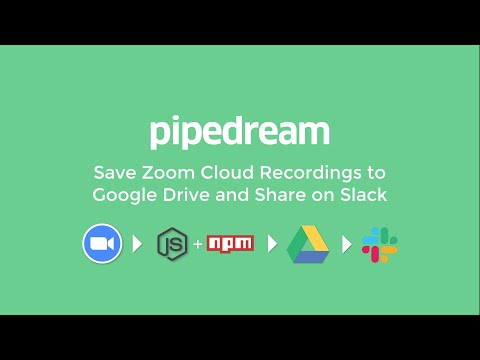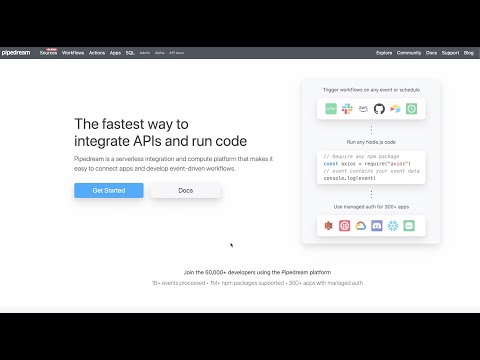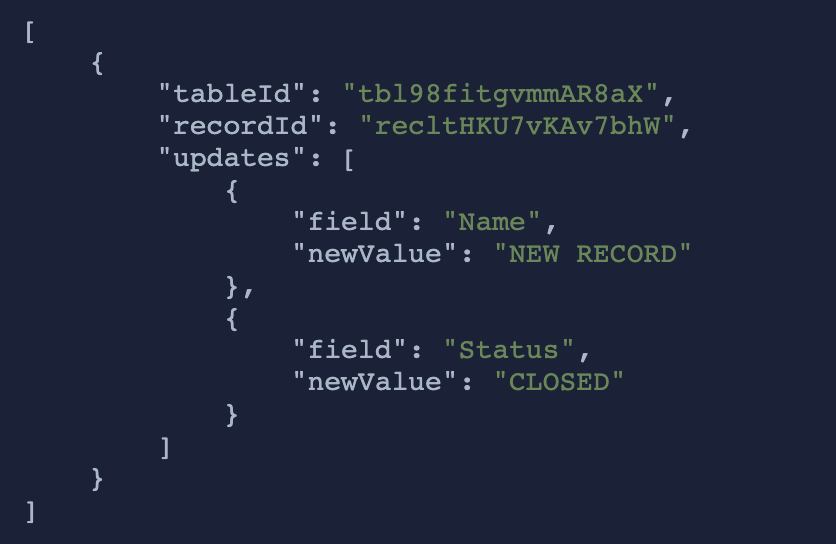What do you want to automate
with Linear (API key) and Slack?
Prompt, edit and deploy AI agents that connect to Linear (API key), Slack and 2,800+ other apps in seconds.
Trusted by 1,000,000+ developers from startups to Fortune 500 companies
Popular Ways to Connect Linear (API key) with Slack#
Popular Linear (API key) and Slack Triggers#
Emit new event when a new message is posted to one or more channels
Triggers instantly when a new issue is created in Linear. Provides complete issue details including title, description, team, assignee, state, and timestamps. Supports filtering by team and project. See Linear docs for additional info here
Popular Linear (API key) and Slack Actions#
Creates a new issue in Linear. Requires team ID and title. Optional: description, assignee, project, state. Returns response object with success status and issue details. Uses API Key authentication. See the documentation
Send a message to a public or private channel. See the documentation
Send a message to a user, group, private channel or public channel. See the documentation
Overview of Linear (API key)#
Linear helps streamline software project management, bug tracking, and task coordination. By using the Linear (API key) API with Pipedream, you can automate routine tasks, sync issues across platforms, and trigger custom workflows. Think auto-assignment of tasks based on specific triggers or pushing updates to a Slack channel when an issue's status changes. These automations save time and ensure that your development team stays focused on coding rather than on administrative overhead.
Connect Linear (API key)#
import { axios } from "@pipedream/platform"
export default defineComponent({
props: {
linear_app: {
type: "app",
app: "linear_app",
}
},
async run({steps, $}) {
const data = {
"query": `{
user(id: "me") {
id
email
name
}
}`,
}
return await axios($, {
method: "post",
url: `https://api.linear.app/graphql`,
headers: {
"Authorization": `${this.linear_app.$auth.api_key}`,
"Content-Type": `application/json`,
},
data,
})
},
})
Overview of Slack#
The Pipedream app for Slack enables you to build event-driven workflows that interact with the Slack API. Once you authorize the app's access to your workspace, you can use Pipedream workflows to perform common Slack actions or write your own code against the Slack API.
The Pipedream app for Slack is not a typical app. You don't interact with it directly as a bot, and it doesn't add custom functionality to your workspace out of the box. It makes it easier to automate anything you'd typically use the Slack API for, using Pipedream workflows.
- Automate posting updates to your team channels
- Create a bot to answer common questions
- Integrate with your existing tools and services
- And much more!
Connect Slack#
import { axios } from "@pipedream/platform"
export default defineComponent({
props: {
slack: {
type: "app",
app: "slack",
}
},
async run({steps, $}) {
return await axios($, {
url: `https://slack.com/api/users.profile.get`,
headers: {
Authorization: `Bearer ${this.slack.$auth.oauth_access_token}`,
},
})
},
})
Related Videos#


Community Posts#
